HDPE (High-Density Polyethylene) pipe fittings stand out in modern infrastructure projects due to their versatility, durability, and especially their low energy consumption. Industries value HDPE piping systems for their ability to minimize energy use during manufacturing, transportation, installation, and operation. The inherent properties of HDPE, combined with innovative technologies, reduce the overall energy footprint compared to traditional materials like metal or concrete. This article explores how HDPE pipe fittings contribute to energy efficiency throughout their life cycle, from production to maintenance, with a focus on sustainability and cost-effectiveness.
1. Energy Efficiency in Manufacturing
The manufacturing process of HDPE pipe fittings consumes less energy than other materials such as steel, copper, or concrete. HDPE is a thermoplastic, which means it softens and becomes malleable when heated. Unlike metals, which require high temperatures for smelting and forming, HDPE melts at relatively low temperatures, consuming less energy during production. HDPE pipe manufacturers use extrusion processes that efficiently shape the material into various pipe sizes and fittings without the need for extensive post-processing.
HDPE’s lightweight nature also reduces the energy consumption associated with transporting raw materials to manufacturing plants. Since HDPE weighs significantly less than metals or concrete, less energy is required to move it. This reduction in transportation energy usage makes HDPE fittings an eco-friendly option, helping to lower carbon emissions during the production stage.
Additionally, HDPE’s recyclability further enhances its energy-efficient profile. Manufacturers can recycle HDPE waste from production, reprocessing it into new pipes and fittings without compromising material quality. This closed-loop process reduces the demand for virgin plastic and decreases the energy required to produce new products, making HDPE a sustainable choice.
2. Transportation and Installation Efficiency
HDPE pipe fittings also save energy during transportation and installation. Their lightweight construction means that they require less fuel and energy for delivery to job sites. Traditional piping materials like metal or concrete, due to their higher weight, consume more energy for transportation, increasing the overall environmental footprint of the project.
The easy handling of HDPE further reduces energy consumption during installation. Installers can move and position HDPE pipes and fittings with minimal equipment and effort. Unlike metal pipes, which often require heavy machinery for placement, HDPE fittings allow for quicker, more energy-efficient installation processes. Workers can carry out installations with fewer people, fewer machines, and less downtime, all of which translate to energy savings.
Trenchless installation methods, such as pipe bursting and directional drilling, allow HDPE pipes to be installed without extensive excavation. These methods minimize the need for large machinery and reduce the energy required to dig and refill trenches. By using trenchless techniques, industries can lower both their energy consumption and environmental impact, as fewer disturbances to the surrounding environment occur.
3. Energy Savings in Operation
HDPE pipe fittings significantly reduce energy use during system operation due to their smooth internal surface. This smoothness minimizes friction as fluids pass through the pipes, allowing for more efficient flow with less resistance. In comparison, materials like metal or concrete create higher friction, requiring pumps and other equipment to work harder to move water, gas, or other substances through the system.
The reduced friction inside HDPE pipes leads to lower energy consumption for pumping and fluid transport. Systems that use HDPE pipe fittings can achieve energy savings, as pumps don’t need to exert as much force to maintain flow rates. These energy savings grow even more noticeable in large-scale systems, such as municipal water supply networks or industrial facilities, where constant pumping occurs over long distances.
HDPE pipes and fittings also resist corrosion, scaling, and sediment buildup, unlike metal pipes that corrode over time. The long-term resistance to these issues keeps HDPE pipes operating efficiently without the need for increased pumping energy or frequent maintenance. This feature ensures that the energy efficiency of the system remains consistent over time, without the need to replace or repair parts frequently.
4. Longevity and Durability for Reduced Energy Use
The long lifespan of HDPE pipe fittings contributes to energy savings in multiple ways. HDPE pipes can last for 50 to 100 years, depending on the application, which means fewer replacements and repairs over time. Fewer replacements translate into less energy consumption for producing new materials, transporting them to the site, and installing them.
Moreover, HDPE’s resistance to environmental factors, such as UV radiation, temperature changes, and chemical exposure, ensures that systems maintain their efficiency throughout their service life. Systems using HDPE pipe fittings don’t require frequent maintenance, reducing the need for energy-intensive repair work and the associated labor and transportation costs. This durability directly correlates with energy savings since the energy required for repeated repairs and replacements significantly decreases.
HDPE fittings’ ability to withstand extreme conditions, such as freezing and thawing cycles, further enhances their longevity. Pipes made from HDPE can expand and contract without cracking, which reduces the risk of failures and leaks. These properties ensure a long-lasting, energy-efficient system that maintains performance even in challenging environments.
5. Recycling and Environmental Benefits
Recycling plays a crucial role in the energy efficiency of HDPE pipe fittings. HDPE ranks as one of the most recyclable plastics, and many industries take advantage of this characteristic by reprocessing old or damaged pipes into new products. Recycling HDPE uses considerably less energy than producing new pipes from virgin materials. When pipes reach the end of their service life, they can return to recycling plants, where manufacturers turn them into new pipes and fittings. This closed-loop system reduces energy consumption across the product lifecycle.
Additionally, HDPE pipe fittings do not release harmful chemicals or pollutants into the environment during their use or disposal. Unlike materials like PVC or certain metals, HDPE remains non-toxic and safe, making it a sustainable option for long-term infrastructure projects. The reduced environmental impact, combined with lower energy use, makes HDPE a preferred choice for eco-conscious industries.
Recycled HDPE retains its material properties, allowing it to perform just as well as new material. By incorporating recycled HDPE into pipe systems, companies can lower their environmental impact and energy consumption without sacrificing quality or durability.
6. Energy Efficiency in Diverse Applications
HDPE pipe fittings find use in a wide range of applications that benefit from their energy-efficient properties. Industries such as water distribution, gas transmission, sewage systems, and industrial processes rely on HDPE for its low energy consumption and durability.
In water distribution, HDPE’s smooth interior surface reduces the energy needed to pump water through the system. Municipal water systems achieve energy savings by minimizing the effort required to maintain consistent water flow. Gas transmission networks also benefit from HDPE’s low energy requirements, as gas flows easily through the smooth pipe surfaces with minimal friction.
Industrial systems, such as chemical processing plants or cooling water pipelines, utilize HDPE’s resistance to chemicals and high temperatures. These systems maintain their efficiency without the need for energy-intensive repairs or frequent replacements. HDPE’s ability to handle high-pressure environments ensures that systems continue to operate smoothly, without the increased energy use that comes with pipe failure or degradation.
7. Cost Savings as a Result of Energy Efficiency
The energy-efficient properties of HDPE pipe fittings lead to significant cost savings for industries. The reduced energy consumption in manufacturing, transportation, installation, and operation translates into lower overall costs. Businesses save on labor, fuel, and electricity expenses, all while maintaining high-performing systems.
Maintenance costs also drop due to HDPE’s durability and resistance to common issues like corrosion, scaling, or cracking. Industries don’t need to spend extra money on frequent repairs, replacements, or increased energy usage caused by pipe degradation. Over the lifetime of a project, the energy savings realized through HDPE pipe fittings contribute to substantial financial benefits.
Top 5 HDPE Pipe Fittings Manufacturers
| Company | Headquarter/Location | Founded |
| IFAN | ZhuJi,China | 1993 |
| Pntek | NingBo,China | 2011 |
| Inline Plastics, Inc. | California, America | 1996 |
| K. Jabat, Inc. | New Jersey,America | 1973 |
| Speed Field Services | Texas, America | 1973 |
IFAN International Standard on PPR Pipe Fittings
IFAN adheres to a range of international and national standards to ensure the quality and performance of its products. These include the ISO 15874 Series standards and EN 15874 Series standards, which define the requirements for piping systems made of polypropylene (PP). Additionally, IFAN complies with ASTM F2389 for polypropylene pipe fittings, DIN 8077/8078 standards for polypropylene pipes, and the GB/T 18742 Series standards, which apply to piping systems in China. Furthermore, IFAN meets the Brazilian NBR 15884 standards for thermoplastic pipes and fittings used in hot and cold water systems.
Conclusion
HDPE pipe fittings offer a wide range of connection methods, each suited to different applications and environments. From thermal techniques like butt fusion and electrofusion to mechanical methods like compression fittings and flanges, these connection methods ensure secure, durable, and leak-proof pipelines. Selecting the right connection method depends on factors such as pressure, pipe diameter, fluid type, and installation environment. Each method offers unique advantages that contribute to the overall efficiency and longevity of HDPE piping systems. By understanding the various connection techniques, industries can optimize the performance and reliability of their HDPE pipe systems.
Connect
IFAN is a Chinese manufacturer of plastic pipes, fittings and valves with 30 years of experience. If you are interest in IFAN copper fittings, copper valves, plastic pipes and fittings, please contact us. IFAN offers you a variety of standard pipes to meet your specific needs. Click below to learn more about IFAN’s wide range of affordable and cost-effective valve products and piping system related products.
We will reply your email or fax within 24 hours.
You can call us at any time if there is any question on our production.
For more information,pls visit our webside https://ifanpro.com/
Pls Mailto: [email protected]
Whatsapp: + 86 19857948982

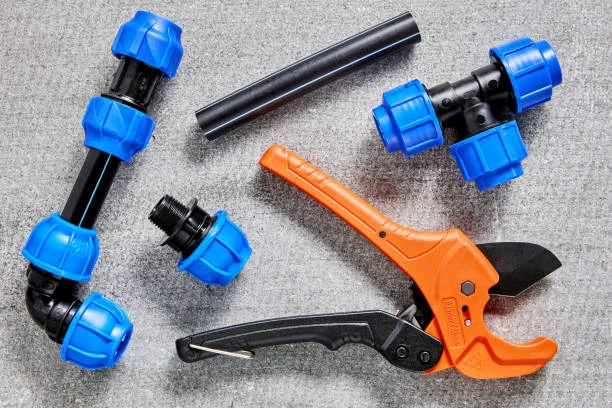
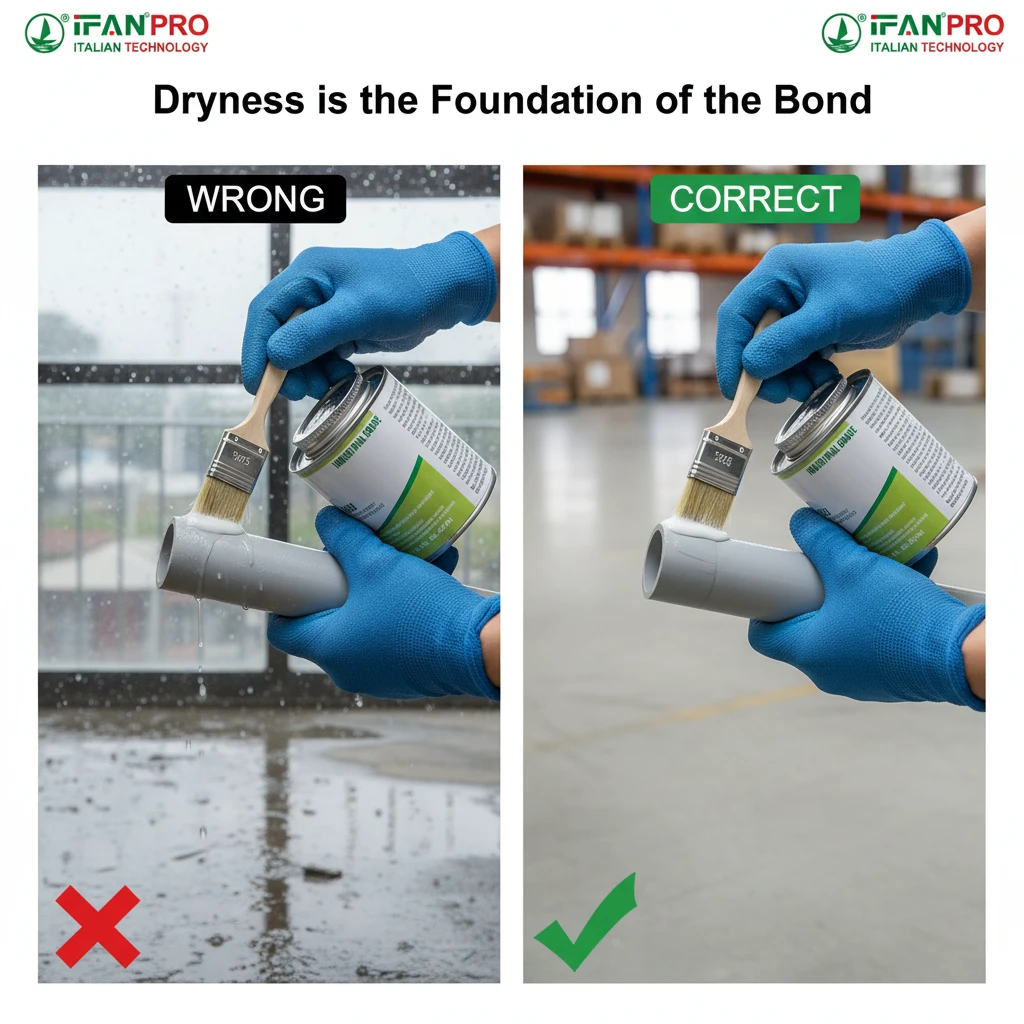
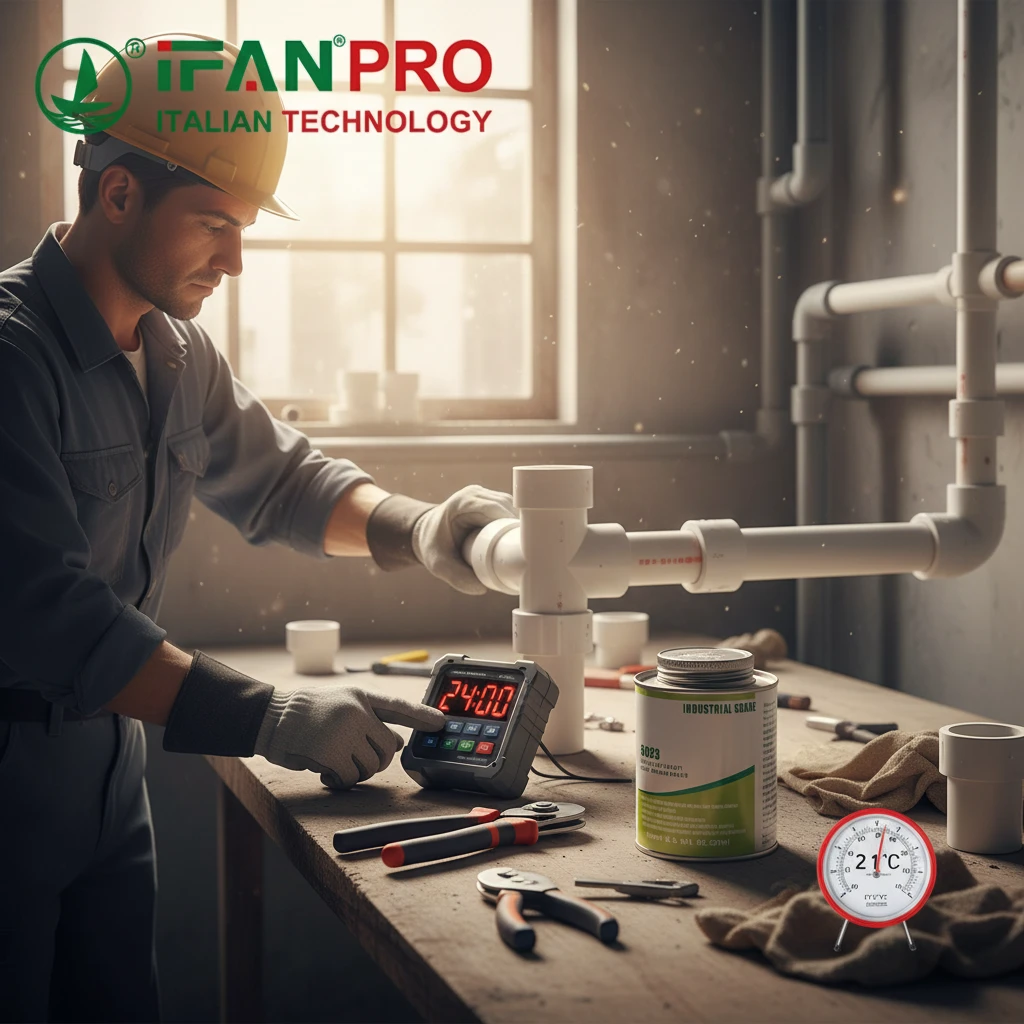

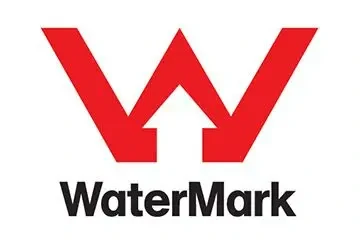

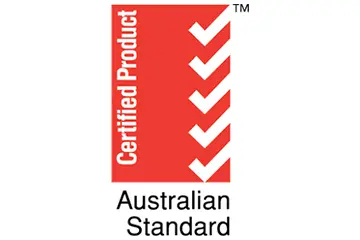
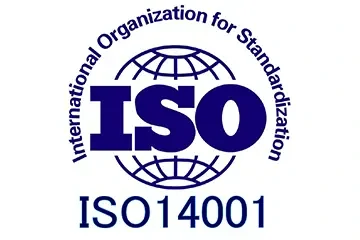



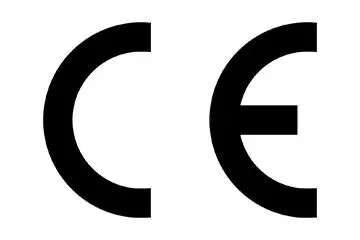
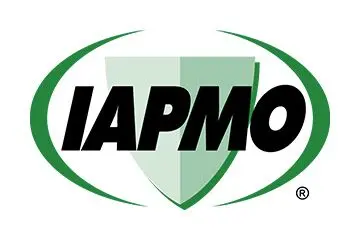
Recent Comments